Chances are that while reading this post you already have bought your first kayak, and maybe your second one (or third...) too.
I often read/hear about the pertinent questions that a newcomer to the sport has while trying to select his/her kayak.
It has been some years since I bought my first kayak and honestly I had none of the questions that I see others have.
My first kayak was an impulse buy: I heard that somebody was selling one, it tickled my mind and made me pause and fantasise on the places I could explore with a kayak and the fun I could have. Summer was approaching and soon it would be too hot to backpack (bushwalk) so I needed a diversion.
I inspected the kayak, knew nothing about it, it kind of fitted me and I bought it.
Was that the right kayak for me?
Heck yeah! It was the perfect kayak!
.jpg)
my first kayak
How come I was lucky to buy the perfect kayak with so little knowledge and research?
My luck was that I did not agonize for days, weeks and months over the purchase of something that most likely will not be used for long.
So, was I going to kayak just for one summer?
Maybe. I did not know kayaking from jetski-ing from scuba diving.
It was new to me and maybe it was not meant to be.
In reality though I knew that I was going to use the boat but I had no skills.
So, what would be the point to fret over something that I knew little about and most likely be persuaded by somebody (often the retailer) that a particular kayak would be the right one for me.
Think about it, your first kayak most likely will not be your last one!
Unless you don't take kayaking seriously, there is a very strong probability that your first boat will only last a year, maybe two.
How come? will it get trashed?
Not really: good kayaks last a very long time, your skill level (at the time of purchase) does not.
If you make kayaking a serious hobby/sport for yourself your skill level will increase and so will your demand for performance from a craft.
A kayak that is perfect for a beginner is usually a dog for an advance paddlers.
As with most things while you gain balance and maneuverability you desire a more responsive tool.
A beginner's kayak will probably be (painfully) stable, have a very wide cockpit (most of us fear getting "trapped" inside the kayak, if tipped) and probably handle like a bus.
My first kayak was the best because it was inexpensive.
I bought a used composite ruddered kayak that came with a sail, spraydeck (what would I need that thing for? :-) paddle and PFD.
I was ready to hit the water the next day.
Thankfully my skills progressed and soon I desired a kayak that was more maneuverable and that would fit me better: that wide cockpit was doing nothing for my boat control, I had to rely simply on the little inefficient rudder.
So I bought my second kayak and after that my third one and so on.
With each new kayak I learned new skills and pushed my boundaries.
I hear you say: a good tradesman never blames his tools. And probably you are right, I have seen kayaker handle the same boats that I eventually upgrade from much better than I did. I probably would now too, if I had to paddle my old kayaks but I would be frustrated in paddling something that just does not perform as well as other kayaks.
So, would it be wise for a beginner to demo boats before they buy?
Yes and no.
Anybody should try to fit a boat first before buying it.
A novice will probably fall for a kayak with a wide cockpit, so called comfortable seat (often with a great large back rest) and often a kayak way too large for them.
.jpg)
cockpit too wide for a small paddler; modified (black carbon braces) by Greg Schwarz
A large kayak is often stable (on flat water) and gives a reassuring feeling to a paddler that has not developed the balance for a more responsive kayak.
A beginner will often discard a performance kayak in a line up of demo boats: admittedly they are a bit tippy for the first timer.
Little do they know that within a few weeks that "tippiness" will be gone and they could have ended up with a better kayak if they chose the performance one.
However if the kayak is really narrow and seriously challenges one's ability to stay upright than probably will be too much of a hindrance to confidently develop better skills.
Hence my point: your first kayak should not be your last one.
Your first kayak should be something that gives you good contact with your body and maybe just a bit "tender" if demo paddled: you will overcome that initial instability usually pretty quickly.
What a demo day will NOT give you is a good understanding of how a kayak will perform for you.
To really learn what a kayak does (or does not) often takes a few weeks.
Unless you are really an expert and have paddled hundreds of kayaks you will rarely know what a kayak is capable of doing in just a couple of minute, or hours.
It could take a year (sometimes longer) to really get the full potential out of a kayak if your skills are not brilliant.
I, for example, purchased a kayak that initially I regarded way too advanced for me and totally disliked it. If I just demoed that kayak, I probably would have not purchased it.
It took many months (admittedly a few mods too :-) to learn how to really get the best out of that kayak. That kayak is now my favorite boat.
I know of proficient kayakers that owned a kayak, paddled it for a while, found it too demanding, sold it and a few years later, as their skills advanced, purchased the same model again.
So, I find no real point in doing endless researches on hull speed, boat performance and statistics for your first kayak.
Buy one that fits you (possibly snugly) and that keep you upright.
All the rest will come to you after a while and chances are that your "first love" will not be your last.

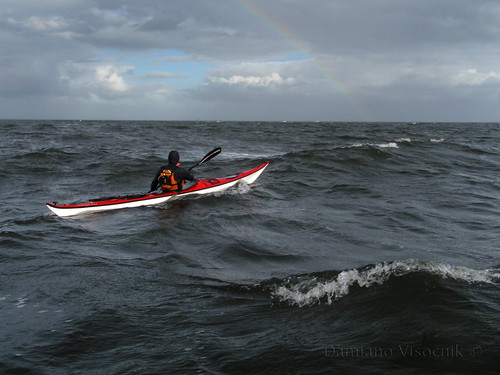
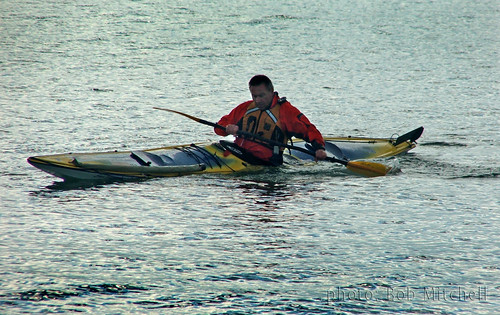

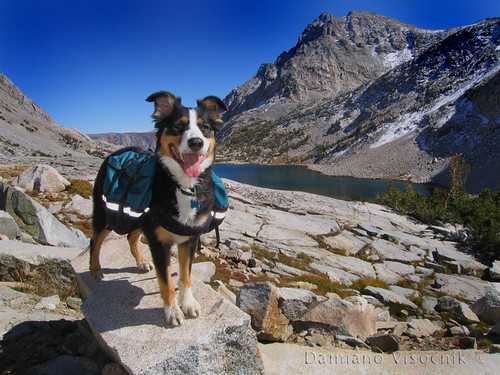
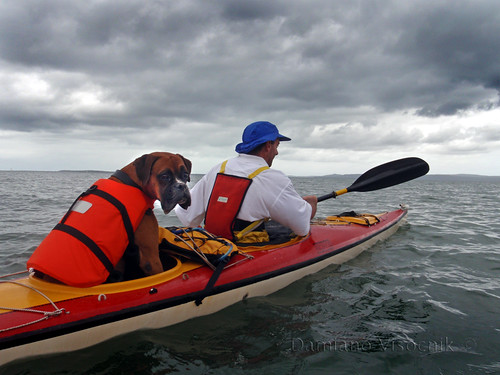
.jpg)
.jpg)
.jpg)
.jpg)


.jpg)
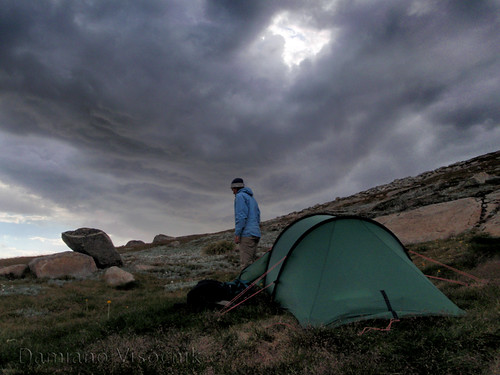
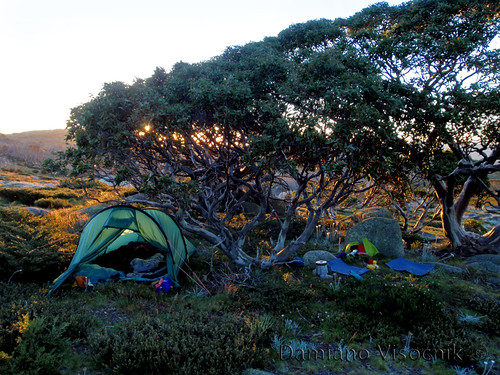
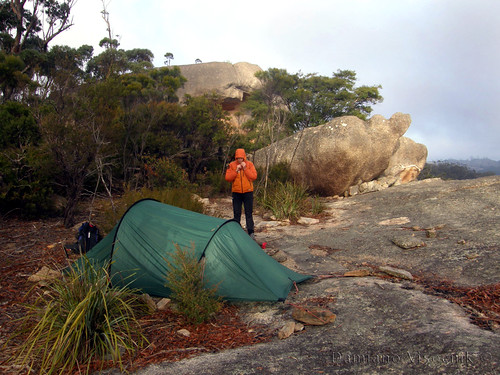

.jpg)
.jpg)

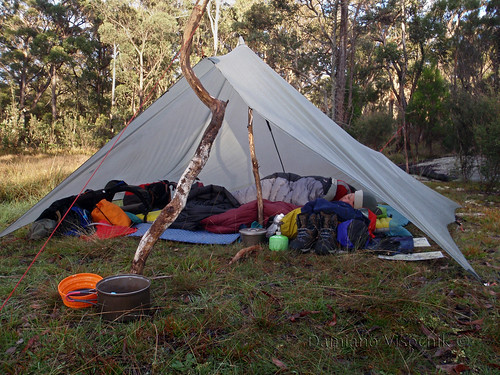
.jpg)
.jpg)
.jpg)